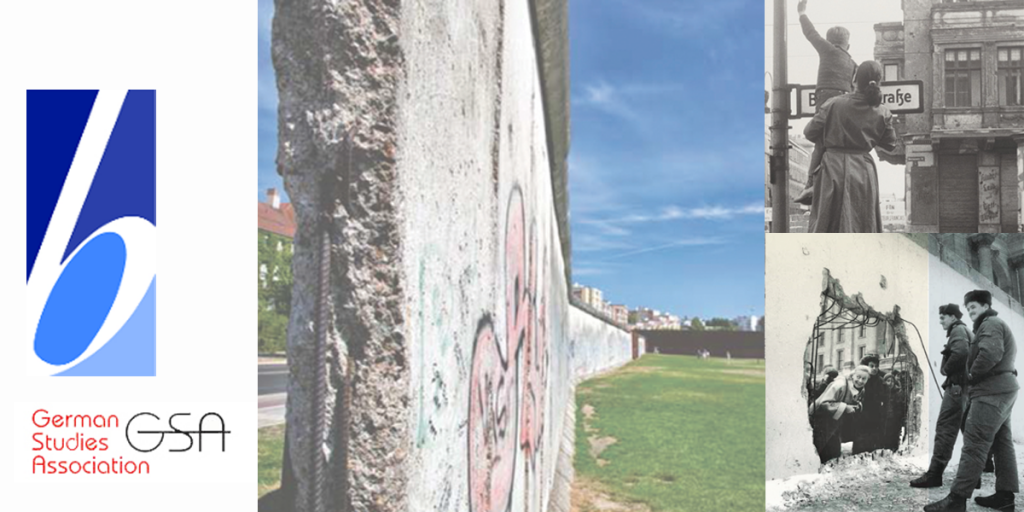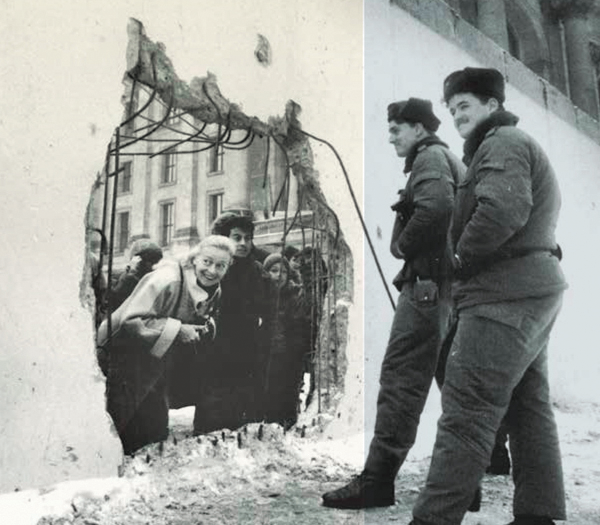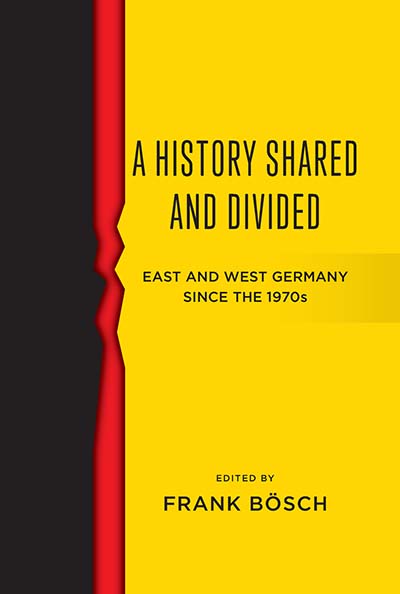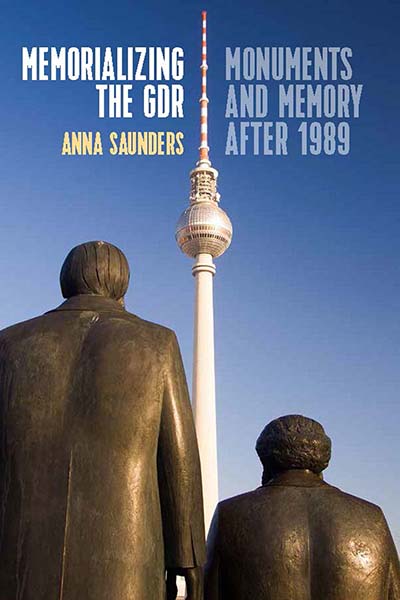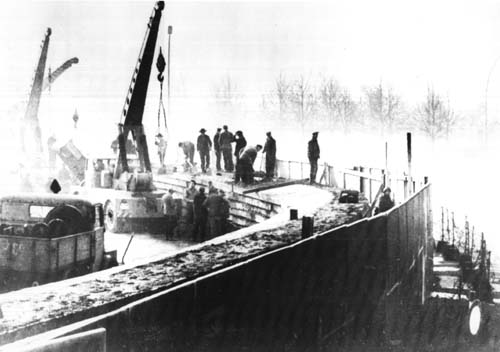
August 13th marks the anniversary of the construction of the Berlin Wall. The concrete barrier physically and ideologically divided Berlin from 1961 to 1989. Along with separating West Berlin from East German territory, it came to symbolize the “Iron Curtain” that separated Western Europe and the Eastern Bloc during the Cold War.
Browse relevant Berghahn titles on the history of a divided Germany. In addition, Berghahn Journals is offering free access to Vol. 29, Issue 2 of German Politics and Society until August 22, 2022. See below for details.
Continue reading “The beginning of a Germany divided”
